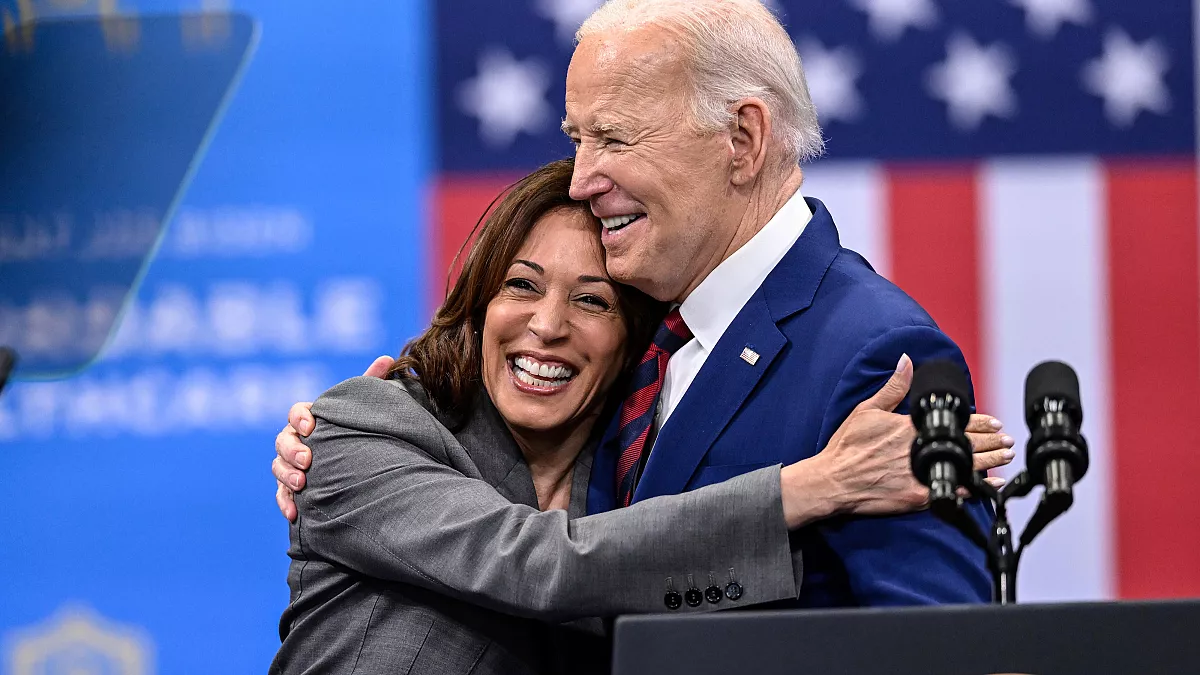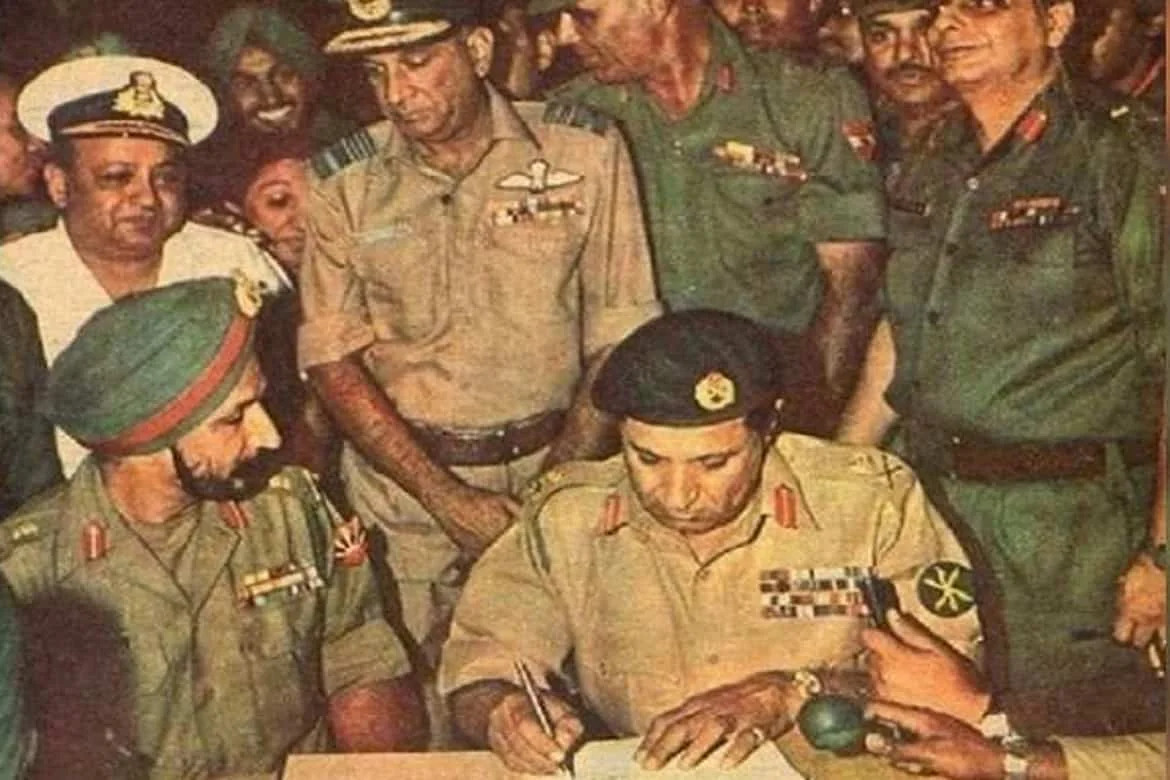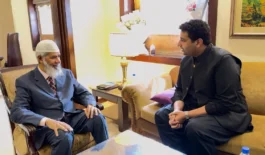In 1971, East Pakistan sought independence from West Pakistan, leading to the emergence of Bangladesh as a sovereign nation. The Bangladeshi War of Independence was a transformative event fueled by a combination of economic, cultural, and political factors. This exploration delves into the primary causes behind East Pakistan’s secession and the subsequent establishment of Bangladesh.
Linguistic Struggle:
The separation was fundamentally rooted in the Bengali Language Movement, a political initiative that began in 1952 with a student-led protest at the University of Dhaka. While the movement successfully secured the official recognition of Bengali, it unintentionally heightened ethnic tensions between Bengalis and Punjabis, significantly contributing to the eventual division.
Mass Migration Dynamics:
Historically, Bengali people had deep roots in the eastern region of the Indian subcontinent, which later became Bangladesh. The early 20th century witnessed a substantial influx of Bengali immigrants due to the British Raj. This mass migration exacerbated tensions with the indigenous population, playing a crucial role in the separation of East and West Pakistan.
Economic Turmoil:
The economic crisis in East Pakistan was a central catalyst for the separation. Even before the split, the eastern region faced economic challenges, and the severance only worsened the situation. The economic collapse of East Pakistan post-separation, coupled with its heavy reliance on the West, intensified the divide, exacerbating social and political issues.
Political Discord:
Profound differences existed between the two wings of Pakistan from the outset, with East Pakistan consistently feeling marginalized by the ruling elite in the West. This sense of neglect and insecurity led to Bengali nationalist movements during the 1950s and 1960s. The failure of successive Pakistani governments to address these grievances culminated in heightened tensions, erupting into open conflict in 1971.
The culmination of these factors resulted in a devastating war marked by atrocities on both sides, prompting millions of Bengalis to seek refuge in India. Ultimately, the bloodshed led to the creation of Bangladesh as an independent nation, separating from East Pakistan.
The separation of East Pakistan from West Pakistan was a complex interplay of cultural disparities, economic challenges, and political tensions. The linguistic divide, emphasized by the Bengali Language Movement, played a pivotal role, as did the historical dynamics of mass migration. Economic woes, exacerbated by the separation, and longstanding political discord between the two regions further fueled the rift, ultimately resulting in the birth of Bangladesh in 1971.






























